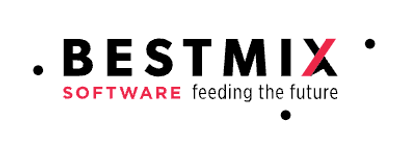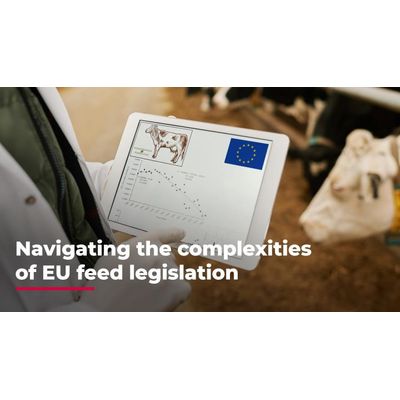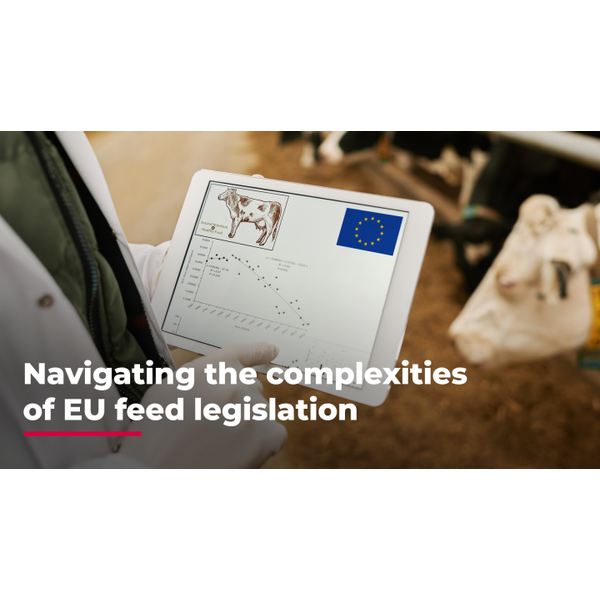


Navigating the complexities of EU feed legislation
The European Commission has developed an integrated “farm to fork” approach to food safety, which is set out in its White Paper on Food Safety. This covers every element of the food chain, including feed production. Additionally, the General Food Law Regulation sets out an overarching framework for the development of food and feed legislation both at EU and member state levels, covering all areas of food and feed safety, from production to distribution.
Keeping feed safe is crucial. It must never harm animals or people, and we must be able to trace it back to its source. That way, when a problem is identified, authorities can act fast to remove bad feed from the market, thanks to the EU’s Rapid Alert System for Food and Feed (RASFF). Of course, manufacturers must ensure that their products meet EU standards, always keeping track of raw materials and retaining samples to ensure traceability. They must also stay current with any relevant changes to EU legislation.

European Regulation (EC) No 183/2005 sets out specific requirements for feed hygiene. The regulation applies to all feed businesses, ranging from primary production of animal feed up to and including distribution, as well as the feeding of food-producing animals and the import and export of feed from and to non-EU countries. Emphasizing uniform hygiene protocols and the integration of Hazard Analysis Critical Control Point principles, this regulation embodies the EU’s proactive approach to feed safety.
The labeling provisions enshrined in Regulation (EC) No 767/2009 mandate transparent disclosure of feed use, characteristics (composition, quantity, shelf life, etc.), and origins. The labeling and presentation must not in any way “mislead” the user, and feed companies must not make any false claims or suggest that their feed has special qualities when all similar feeds have the same characteristics.
The mandatory labeling requirements are:
- indication of the type of feed: feed material, complete feed, or complementary feed (or, where appropriate, mineral feed, complete milk replacer, complementary milk replacer);
- the name or business name and address of the party responsible for the labeling
- if available, the approval number of the party responsible for the labeling
- the lot number
- net quantity expressed in units of weight or volume
- a list of additives under a specific heading
- the moisture content, where appropriate
- The trade and use of additives in animal feed is regulated under EU legislation, which recognizes the following categories: technological additives (e.g. preservatives, antioxidants, emulsifiers, stabilizing agents, acidity regulators, silage (grass or other green fodder compacted and stored in airtight conditions, typically in a silo)
- sensory additives (e.g. flavorings, colorings)
- nutritional additives (e.g. vitamins, minerals, amino acids, trace elements)
- zootechnical additives (e.g. digestibility enhancers, gut flora stabilizers), coccidiostats, and histomonostats
- These categories are themselves divided into groups according to the additives’ main functions. This is a list of EU-authorized additives and the conditions associated with the use of each of them: "https://ec.europa.eu/food/food-feed-portal/screen/feed-additives/search For example, there is a limit to the amount of copper you can add to pig feed, and certain additives may only be used in feed for certain animal species.
The term “medicated feed” refers to a compound feed mixed with one or more medicated premixtures (i.e. veterinary medicinal product). These are prepared before sale and are administered for their therapeutic or prophylactic properties. Directive 90/167/EEC (https://eur-lex.europa.eu/legal-content/EN/TXT/?uri=celex%3A31990L0167) stipulates that only authorized medicated pre-mixes be used in the manufacture of medicated feed, and the producer must include precise instructions on usage.
In the EU, pet food is not regulated by just a single piece of legislation. The EU’s Animal Feed legislation covers food for companion animals as well as food for all other animals. Pet food is also subject to the EU’s veterinary legislation, which covers different products than the legislation governing animal feed.
The EU quite rightly puts animal and human health and safety first. But this creates a lot of complexity and work for producers. Defining, recording, and monitoring vast quantities of data is a daunting task. And that’s where BESTMIX comes in. Our software will help you navigate the sea of regulations. It allows you to track materials, formulate precise products, and streamline paperwork, so that you can effortlessly comply with every standard today and be ready to meet tomorrow’s standards, too, in this ever-changing industry.
Watch the recording of All About Feed’s webinar on Compliancy: How to Simplify Compliance Processes in feed and Pet Food Formulation
